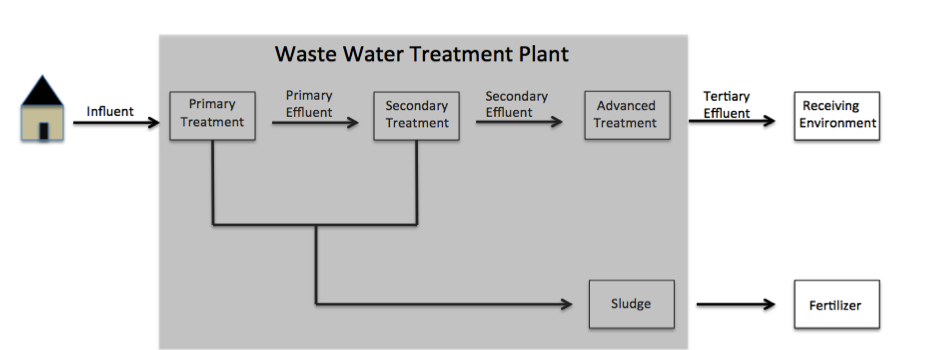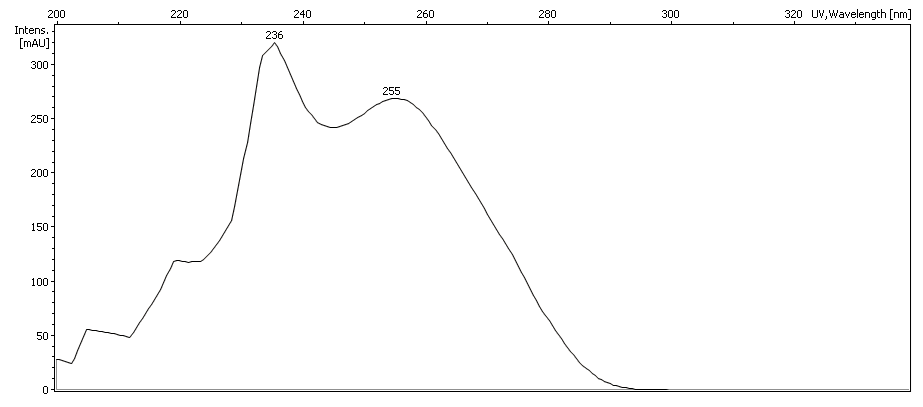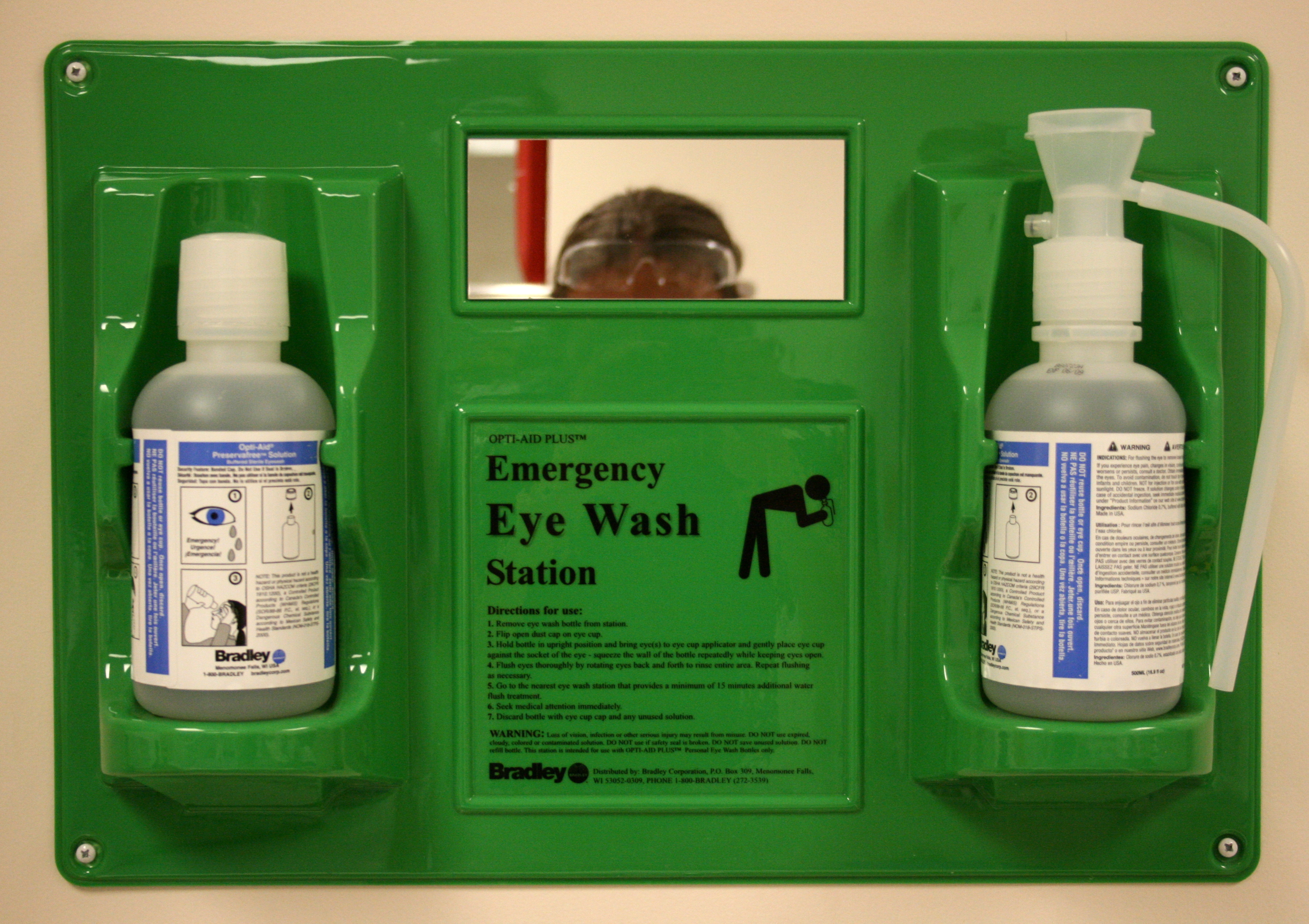|
Propylparaben
Propylparaben (also spelled propyl paraben) is the ''n''-propyl ester of ''p''-hydroxybenzoic acid. It occurs as a natural substance found in many plants and some insects. Additionally, it can be manufactured synthetically for use in cosmetics, pharmaceuticals, and foods. It is a member of the class of parabens and can be used as a preservative in many water-based cosmetics, such as creams, lotions, shampoos, and bath products. As a food additive, it has an E number, which is E216. Sodium propyl ''p''-hydroxybenzoate, the sodium salt of propylparaben, a compound with formula Na(C3H7(C6H4COO)O), is used similarly as a food additive and as an anti-fungal preservation agent. Its E number is E217. In 2010, the European Union Scientific Committee on Consumer Safety stated that the use of butylparaben and propylparaben as preservatives in finished cosmetic products as safe to the consumer, as long as the sum of their concentrations does not exceed 0.19%. Applications Food Under F ... [...More Info...] [...Related Items...] OR: [Wikipedia] [Google] [Baidu] |
Paraben
Parabens are organic compounds that are commonly used as preservatives in cosmetic and pharmaceutical products. They are esters of parahydroxybenzoic acid (also known as 4-hydroxybenzoic acid). Chemistry Structure and structure Parabens are esters of ''para''-hydroxy''ben''zoic acid, from which the name is derived. Common parabens include methylparaben (E number E218), ethylparaben (E214), propylparaben (E216), butylparaben and heptylparaben (E209). Less common parabens include isobutylparaben, isopropylparaben, benzylparaben and their sodium salts. They are produced by the esterification of ''para''-hydroxybenzoic acid with the appropriate alcohol, such as methanol, ethanol, or n-propanol. ''para''-Hydroxybenzoic acid is in turn produced industrially from a modification of the Kolbe-Schmitt reaction, using potassium phenoxide and carbon dioxide. Biological mode of action Parabens are active against a broad spectrum of microorganisms. However, their antibacteri ... [...More Info...] [...Related Items...] OR: [Wikipedia] [Google] [Baidu] |
Butylparaben
Butylparaben, or butyl ''p''-hydroxybenzoate, is an organic compound with the formula . It is a white solid that is soluble in organic solvents. It has proven to be a highly successful antimicrobial preservative in cosmetics. It is also used in medication suspensions, and as a flavoring additive in food. Natural occurrence Members of the paraben family are found in fruit and vegetable products, such as barley, flax seed, and grapes. Butylparaben has also been found to be produced in some microorganisms including ''Microbulbifer ''. Preparation Butylparaben is prepared by the esterification of 4-Hydroxybenzoic acid, 4-hydroxybenzoic acid with n-Butanol, 1-butanol in the presence of an acid catalyst such as sulfuric acid. It is produced industrially. Uses and reactions Butylparaben is one of the most common bactericidal/fungicidal additives in cosmetics. It has been used in cosmetic products since the 1940s and in pharmaceutical products since 1924. The popularity of butyl ... [...More Info...] [...Related Items...] OR: [Wikipedia] [Google] [Baidu] |
Methylparaben
Methylparaben (methyl paraben) one of the parabens, is a preservative with the chemical formula . It is the methyl ester of ''p''-hydroxybenzoic acid. Several related esters are known (ethyl-, propyl-, butylparaben). Together they are the most common preservatives in cosmetics and foods. Among their advantages, parabens are inexpensive, colorless, stable, odorless, and readily biodegraded. Natural occurrences Methylparaben serves as a pheromone for a variety of insects and is a component of queen mandibular pheromone. It is a pheromone in wolves produced during estrus associated with the behavior of alpha male wolves preventing other males from mounting females in heat. Uses Methylparaben is an anti-fungal agent often used in a variety of cosmetics and personal-care products. It is also used as a food preservative and has the E number E218. Methylparaben is commonly used as a fungicide in ''Drosophila'' food media at 0.1%. To ''Drosophila'', methylparaben is toxic ... [...More Info...] [...Related Items...] OR: [Wikipedia] [Google] [Baidu] |
Food And Drug Administration
The United States Food and Drug Administration (FDA or US FDA) is a List of United States federal agencies, federal agency of the United States Department of Health and Human Services, Department of Health and Human Services. The FDA is responsible for protecting and promoting public health through the control and supervision of food safety, tobacco products, caffeine products, dietary supplements, Prescription drug, prescription and Over-the-counter drug, over-the-counter pharmaceutical drugs (medications), vaccines, biopharmaceuticals, blood transfusions, medical devices, electromagnetic radiation emitting devices (ERED), cosmetics, Animal feed, animal foods & feed and Veterinary medicine, veterinary products. The FDA's primary focus is enforcement of the Federal Food, Drug, and Cosmetic Act (FD&C). However, the agency also enforces other laws, notably Section 361 of the Public Health Service Act as well as associated regulations. Much of this regulatory-enforcement work is ... [...More Info...] [...Related Items...] OR: [Wikipedia] [Google] [Baidu] |
Cosmetics
Cosmetics are substances that are intended for application to the body for cleansing, beautifying, promoting attractiveness, or altering appearance. They are mixtures of chemical compounds derived from either Natural product, natural sources or created synthetically. Cosmetics have various purposes, including personal care, personal and skin care. They can also be used to conceal blemishes and enhance natural features (such as the eyebrows and eyelashes). Makeup can also add colour to a person's face, enhance a person's features or change the appearance of the face entirely to resemble a different person, creature, or object. People have used cosmetics for thousands of years for skin care and appearance enhancement. Visible cosmetics for both women and men have gone in and out of fashion over the centuries. Some early forms of cosmetics contained harmful ingredients such as lead that caused serious health problems and sometimes resulted in death. Modern commercial cosmetic ... [...More Info...] [...Related Items...] OR: [Wikipedia] [Google] [Baidu] |
Hair Conditioner
Hair conditioner is a hair care cosmetic product used to improve the feel, texture, appearance and manageability of hair. Its main purpose is to reduce friction between strands of hair to allow smoother brushing or combing, which might otherwise cause damage to the scalp. Various other benefits are often advertised, such as hair repair, strengthening, or a reduction in split ends. Conditioners are available in a wide range of forms, including viscous liquids, gels and creams, as well as thinner lotions and sprays. Hair conditioner is usually used after the hair has been washed with shampoo. It is applied and worked into the hair and may either be rinsed out a short time later or left in. History For centuries, natural oils have been used to condition human hair. A conditioner popular with men in the late Victorian era was Macassar oil, but this product was quite greasy and necessitated the pinning of a small cloth, known as an antimacassar, to the headrests of chairs and sofa ... [...More Info...] [...Related Items...] OR: [Wikipedia] [Google] [Baidu] |
Shampoo
Shampoo () is a hair care product, typically in the form of a viscous liquid, that is formulated to be used for cleaning (scalp) hair. Less commonly, it is available in solid bar format. (" Dry shampoo" is a separate product.) Shampoo is used by applying it to wet hair, massaging the product in the hair, roots and scalp, and then rinsing it out. Some users may follow a shampooing with the use of hair conditioner. Shampoo is typically used to remove the unwanted build-up of sebum (natural oils) in the hair without stripping out so much as to make hair unmanageable. Shampoo is generally made by combining a surfactant, most often sodium lauryl sulfate or sodium laureth sulfate, with a co-surfactant, most often cocamidopropyl betaine in water. The sulfate ingredient acts as a surfactant, trapping oils and other contaminants, similarly to soap. Shampoos are marketed to people with hair. There are also shampoos intended for animals that may contain insecticides or other medica ... [...More Info...] [...Related Items...] OR: [Wikipedia] [Google] [Baidu] |
Pill (pharmacy)
A tablet (also known as a pill) is a Pharmacy, pharmaceutical oral dosage form (''oral solid dosage'', or OSD) or solid unit dosage form. Tablets may be defined as the solid unit dosage form of medication with suitable excipients. It comprises a mixture of active substances and excipients, usually in powder (substance), powder form, that are pressed or compacted into a solid dose. The main advantages of tablets are that they ensure a consistent dose of medicine that is easy to consume. Tablets are prepared either by moulding or by Compression (physics), compression. The excipients can include diluents, Binder (material), binders or granulating agents, glidants (flow aids) and lubricants to ensure efficient tabletting; Excipient#Disintegrants, disintegrants to promote tablet break-up in the digestive tract; sweeteners or flavours to enhance taste; and pigments to make the tablets visually attractive or aid in visual identification of an unknown tablet. A polymer coating is often ... [...More Info...] [...Related Items...] OR: [Wikipedia] [Google] [Baidu] |
Eyewash
Eyewash is a fluid, commonly saline, used to physically wash the eyes in the case that they may be contaminated by foreign materials or substances. Eyewashes may be beneficial to those with sensitive eyes and can provide relief to the painful side effects of sensitivity. However, prolonged usage of such products will cause mild side effects, such as the reddening of the eye and/or pupil and cause itchiness. Occupational safety In the United States, the Occupational Safety and Health Administration The Occupational Safety and Health Administration (OSHA; ) is a regulatory agency of the United States Department of Labor that originally had federal visitorial powers to inspect and examine workplaces. The United States Congress established ... (OSHA) was created as a result of the Occupational Safety and Health Act of 1970. The law was created to help further protect employee safety while providing "safe & healthful working conditions." OSHA's primary eyewash standard, 29 ... [...More Info...] [...Related Items...] OR: [Wikipedia] [Google] [Baidu] |
Lipid
Lipids are a broad group of organic compounds which include fats, waxes, sterols, fat-soluble vitamins (such as vitamins A, D, E and K), monoglycerides, diglycerides, phospholipids, and others. The functions of lipids include storing energy, signaling, and acting as structural components of cell membranes. Lipids have applications in the cosmetic and food industries, and in nanotechnology. Lipids are broadly defined as hydrophobic or amphiphilic small molecules; the amphiphilic nature of some lipids allows them to form structures such as vesicles, multilamellar/ unilamellar liposomes, or membranes in an aqueous environment. Biological lipids originate entirely or in part from two distinct types of biochemical subunits or "building-blocks": ketoacyl and isoprene groups. Using this approach, lipids may be divided into eight categories: fatty acyls, glycerolipids, glycerophospholipids, sphingolipids, saccharolipids, and polyketides (derived from condensatio ... [...More Info...] [...Related Items...] OR: [Wikipedia] [Google] [Baidu] |
Protein
Proteins are large biomolecules and macromolecules that comprise one or more long chains of amino acid residue (biochemistry), residues. Proteins perform a vast array of functions within organisms, including Enzyme catalysis, catalysing metabolic reactions, DNA replication, Cell signaling, responding to stimuli, providing Cytoskeleton, structure to cells and Fibrous protein, organisms, and Intracellular transport, transporting molecules from one location to another. Proteins differ from one another primarily in their sequence of amino acids, which is dictated by the Nucleic acid sequence, nucleotide sequence of their genes, and which usually results in protein folding into a specific Protein structure, 3D structure that determines its activity. A linear chain of amino acid residues is called a polypeptide. A protein contains at least one long polypeptide. Short polypeptides, containing less than 20–30 residues, are rarely considered to be proteins and are commonly called pep ... [...More Info...] [...Related Items...] OR: [Wikipedia] [Google] [Baidu] |








